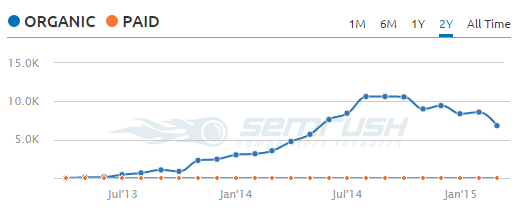
In business, finding email addresses is often an important first step in building relationships or getting sales leads. Email outreach can be used for any of the following:
- Content Promotion
- Media Coverage
- Increasing Sales
- Growing Your Network of High-Value Contacts
However, finding email addresses can be a challenge. Some people don’t have their direct emails listed and it can also be time-consuming to find all the email addresses that you need.
Luckily, people have created a lot of tools and resources that can help you more easily find email addresses. I’ve used some of these tools myself for outreach campaigns that resulted in thousands of social shares to some of my blog posts and to find contact info for potential sales contacts.
Although finding contact info isn’t hard, people should use this information responsibly by making sure their message is relevant to the recipient, personalized and well targeted. Forming mutually beneficial relationships is what makes outreach efforts worthwhile.
This guide delves into numerous ways that you can effectively find email addresses of people you may want to contact.
Read More

 In a previous article, I wrote about
In a previous article, I wrote about  In recent years, a lot of SEO’s have come to believe that offsite duplicate content can hurt your search engine rankings.
In recent years, a lot of SEO’s have come to believe that offsite duplicate content can hurt your search engine rankings. One of the biggest challenges for content marketers is coming up with ongoing ideas for content creation. Many businesses that are failing with content marketing are just creating content on the fly without a plan. When developing a content creation strategy, you need to:
One of the biggest challenges for content marketers is coming up with ongoing ideas for content creation. Many businesses that are failing with content marketing are just creating content on the fly without a plan. When developing a content creation strategy, you need to:






